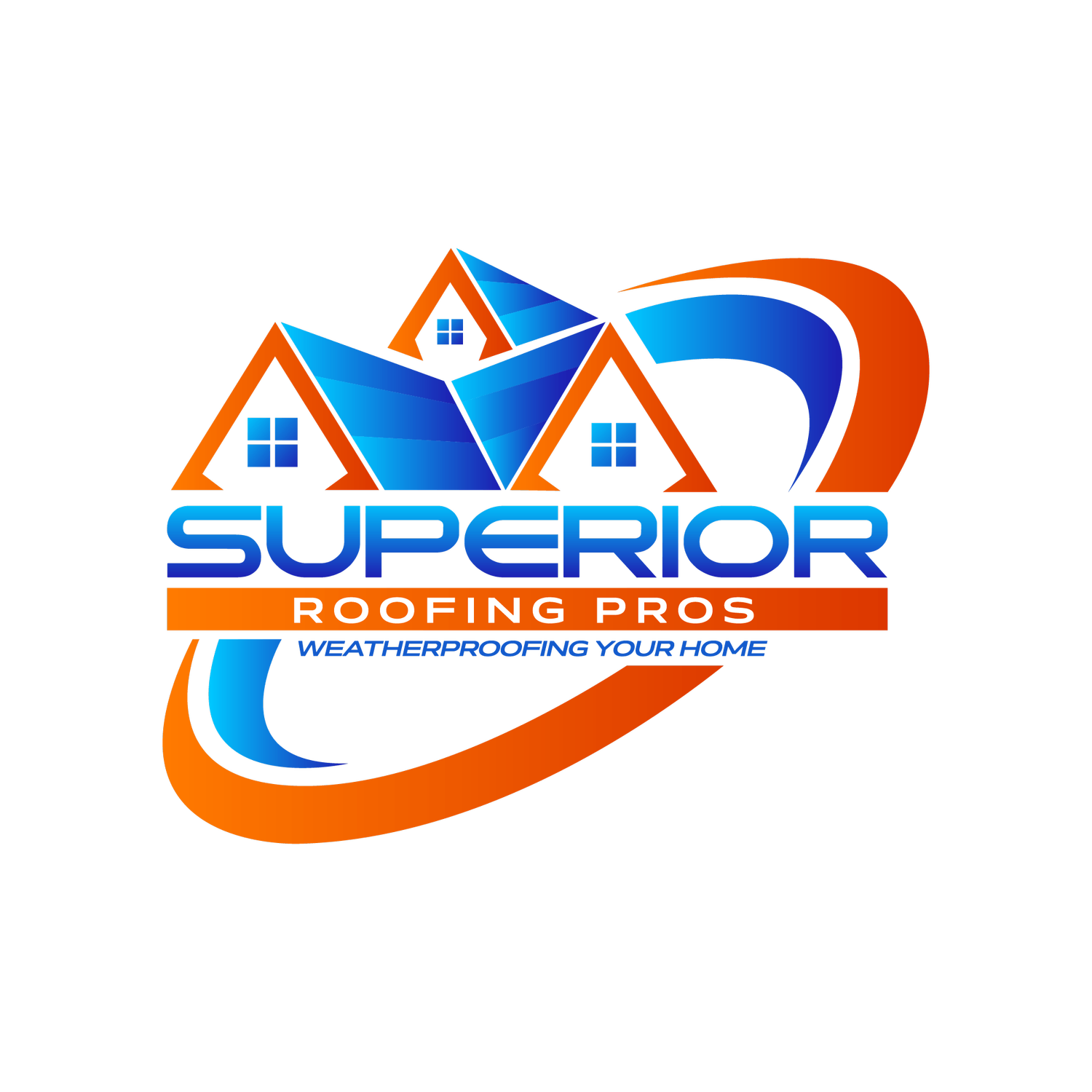The Basics of Flat Roofing: Materials and Installation Techniques
Flat roofing is a popular choice for many commercial and residential buildings due to its cost-effectiveness and functionality. Understanding the different materials and installation techniques is crucial for anyone considering a flat roof. This blog post delves into the basics of flat roofing, covering the most common materials used and the key techniques employed in their installation.
Flat Roofing Materials
The choice of material for a flat roof depends on several factors, including the climate, budget, and specific needs of the building. Here are some of the most commonly used materials in flat roofing:
EPDM (Ethylene Propylene Diene Monomer):
EPDM is a synthetic rubber material known for its durability and flexibility.
It's resistant to UV radiation, ozone, and extreme weather conditions, making it a long-lasting option.
EPDM is installed in large sheets, which reduces the number of seams and potential leak points.
TPO (Thermoplastic Polyolefin):
TPO roofing is a single-ply membrane that combines the benefits of EPDM and PVC roofs.
It’s known for its heat-reflective properties and energy efficiency.
TPO is welded at the seams, creating a strong bond that is resistant to leaks.
PVC (Polyvinyl Chloride):
PVC roofing is a single-ply thermoplastic material that is highly resistant to chemicals, UV light, and fire.
It is a popular choice for restaurants and other businesses that emit oils and fats due to its resistance to these substances.
PVC roofs are also welded at the seams, providing excellent water resistance.
Built-Up Roof (BUR):
BUR is one of the oldest and most traditional methods of flat roofing. It involves layering several tiers of roofing felt with bitumen in between.
It’s finished with a top layer of gravel or stone, providing good durability and UV protection.
Modified Bitumen:
This material is similar to BUR but incorporates polymer-modified bitumen layers, making it more flexible and weather-resistant.
It can be installed using various methods, including torch-down, cold-applied adhesives, or self-adhesive sheets.
Installation Techniques
The installation of a flat roof varies with the chosen material. Here are some common installation techniques:
Fully Adhered System:
This method involves gluing the roofing material directly to the insulation layer or the roof deck.
It provides high wind resistance and a clean appearance but can be more expensive due to the amount of adhesive required.
Mechanically Attached System:
In this technique, the roofing membrane is fastened to the roof deck with screws and plates.
It’s a cost-effective method that allows for quick installation, but it may not be suitable for all building types, especially in high-wind areas.
Ballasted System:
Here, the roofing membrane is loosely laid over the roof deck and held in place with a ballast, usually gravel or concrete pavers.
This method is quick and easy to install, and the ballast provides additional protection against UV light and wind.
Hot-Mopped Application:
Common for BUR installations, this technique involves mopping hot bitumen onto the roof deck and then applying layers of felt over it.
It creates a highly durable and water-resistant roof but requires skilled labor and has safety risks due to the hot bitumen.
Self-Adhesive Sheets:
Used mainly for modified bitumen roofing, this method involves rolling out sheets that have a pre-applied adhesive backing.
It’s a safe and straightforward installation method that eliminates the need for torches or hot asphalt.
Conclusion
Choosing the right material and installation technique for a flat roof depends on the specific needs and conditions of the building. Each material and method has its advantages and limitations. Professional consultation with a roofing expert can help determine the most suitable option for your project, ensuring durability, efficiency, and cost-effectiveness. Understanding these basics will guide you in making informed decisions for your flat roofing needs.

